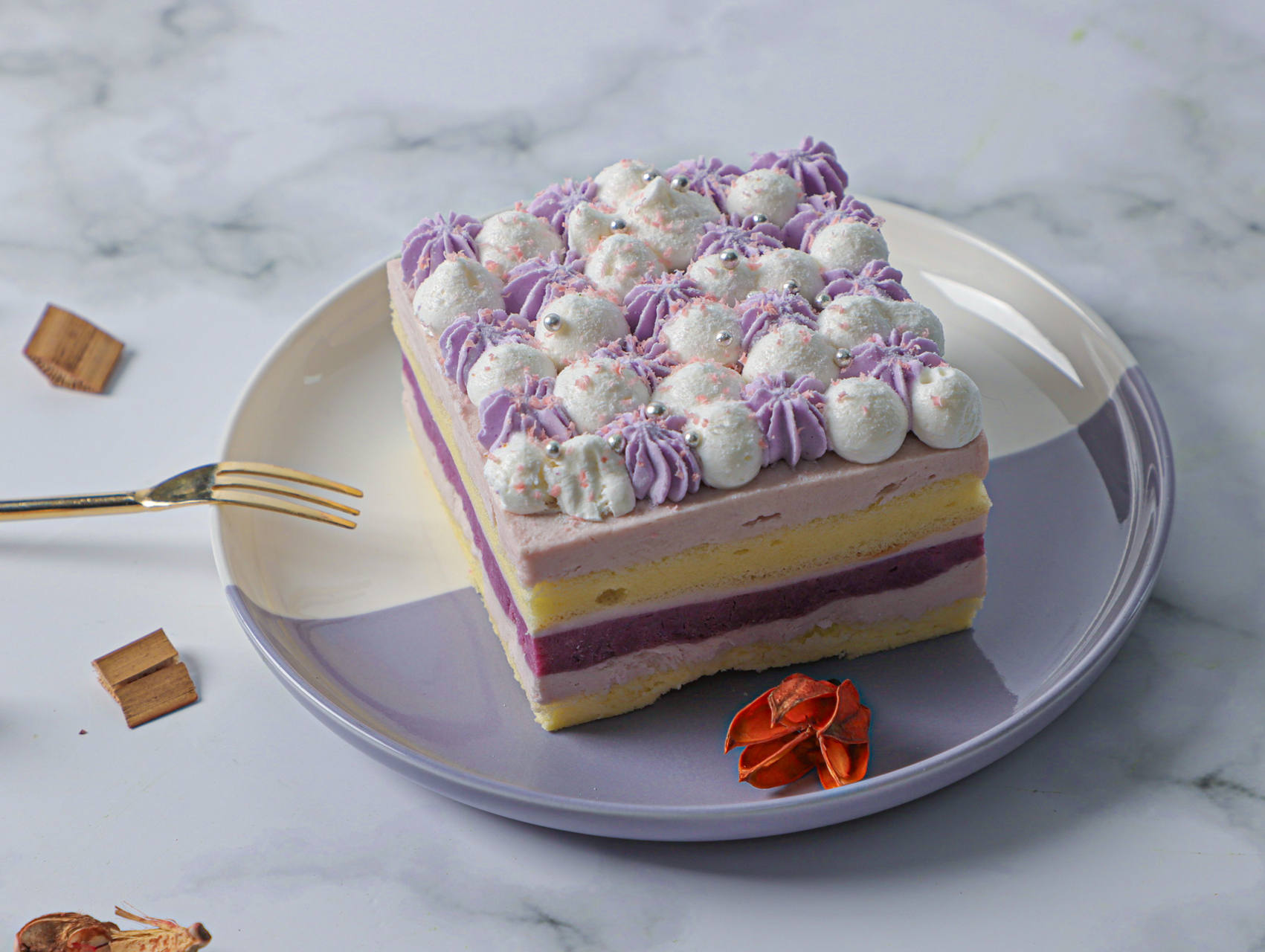Ube Powder (Purple Yam Powder)

What is Ube?
Ube is a purple yam from the Philippines. It has a bright violet color and a sweet, nutty flavor. Many describe its taste as a blend of vanilla, coconut, and pistachio.
Ube is different from purple sweet potato and taro. Many people confuse these three because they look alike. However, ube has a distinct taste and starch content that make it perfect for desserts and sweets.
Fresh Ube vs. Ube Powder
Fresh ube is hard to find outside Southeast Asia. Ube powder is a shelf-stable, easy-to-use choice that rehydrates into a smooth base for large-scale production. It’s perfect for manufacturers who want consistent color, taste, and quality in their recipes.
Chewco Ube Powder is a high-quality, finely ground powder made from pure, dried ube (purple yam), renowned for its vibrant purple color, naturally sweet flavor, and subtle earthy undertones. They are increasingly popular in global cuisine, especially in desserts, ube adds a unique taste and striking visual appeal to a variety of dishes.
This vibrant purple powder delivers a sweet, nutty flavor and beautiful color, making it perfect for both sweet and savory applications.
The ube used in this powder comes from carefully monitored, contract-grown purple sweet potatoes. These crops undergo rigorous testing, with zero pesticide residue detected across 310 tests, ensuring a safe and clean product. After harvesting, the sweet potatoes are dried and finely crushed, resulting in a powder with a smooth, dense texture that mimics the chewiness of steamed purple sweet potatoes.
Rich in anthocyanins and dietary fiber, this powder not only offers nutritional benefits but also contributes a natural burst of color and a range of textures to a wide variety of food products.
Reasons for Ube's Growing Global Demand
- It is gaining popularity in fusion desserts and Asian-inspired menus.
- Its natural color is striking, so there’s no need for artificial dye.
- It has a unique flavor that works well with both dairy and plant-based products.
- Consumers who want Instagram-worthy, and culturally authentic foods are driving its popularity.
Ube Powder Drink, Taro-flavored Purple Sweet Potato Filling, Taro-flavored Purple Sweet Potato Mousse, Taro-flavored Purple Sweet Potato Cream, Taro-flavored Purple Sweet Potato Pastry








